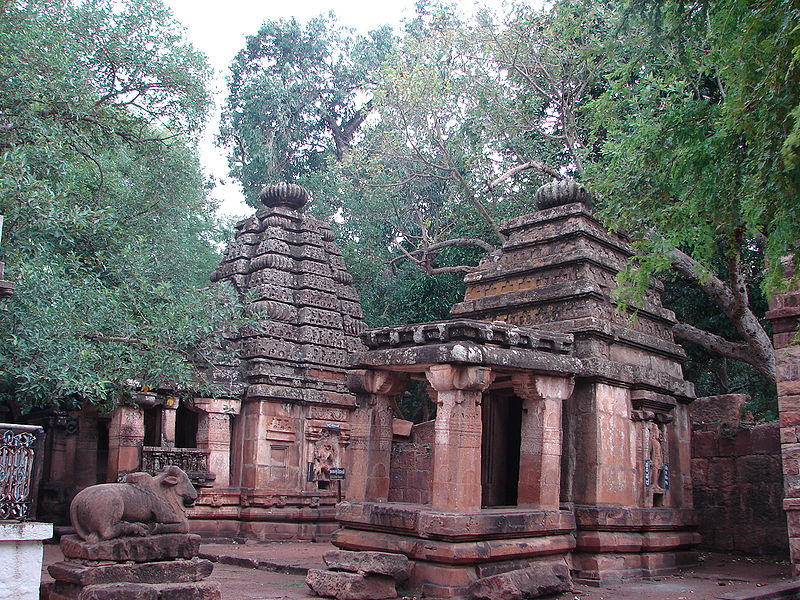Chikka (Mahakuta) Mahakuteshwara Temple, Karnataka

Address
Chikka (Mahakuta) Mahakuteshwara Temple, Badami-Mahakoota, Badami, Karnataka 587201
Diety
Mahakuteshwara
Introduction
The Mahakuta group of temples is located in Mahakuta, a village in the Bagalkot district of Karnataka state, India. It is an important place of worship for Hindus and the location of a well-known Shaiva monastery. Situated on the outskirts of Badami in the tiny village of Mahakuta, the Mahakuta group of temples are an architectural delight, mirroring the unique rock-cut construction pattern of the Chalukyas seen across Badami. The collection of shrines here was built in the 7th century, devoted to Lord Shiva, of which the Mahakuteshwara temple is the largest. It believed that there are 11 Shiva temple, some of the temple are partially dilapidated. These temples combine the ancient architectural elements of the Dravidian and Nagara styles, as is seen at the various temples of this region. It is under the control of ASI
Puranic Significance
The Mahakuta Pillar inscription, dated variously between 595–602 CE records a grant made by Durlabhadevi, a queen of Pulakeshin I (the father of king Mangalesha). The queen supplemented an earlier grant with an endowment of ten villages, including Pattadakal and Aihole to god Mahkuteshvara Natha. In addition, the inscription provides important information about the Chalukyan lineage, their military expeditions, their conquests and early monuments The adjacent Nagara style temples employ the use of a curvilinear tower over a shrine, built on a square plan and capped by an elaborately ribbed stone. Within the complex is a large tank that is fed by a natural mountain spring, called the Vishnu Pushkarni, or the Papavinasha Tirtha. It is believed that a dip in these waters washes away all the sins of a person, and many locals and tourists can be seen enjoying a leisurely bath here. The centre of the tank houses a small shrine with a Shivalinga. This is called Panchamukha linga, with one face carved in each direction and one on top.Apart from its religious significance, intricate design and fascinating architecture, this temple cluster is also important to historians due to two 7th century inscriptions found here. The Mahakuta Pillar inscription records the achievements and the military expeditions of the Chalukyas. The inscription seen on the porch is said to be from Vinapoti, a concubine of King Vikramaditya, detailing the offering of silver and rubies made to Lord Shiva. The walls of the temples are adorned with carvings of various religious figures.
Special Features
The nagara style temples use a curvilinear tower over a shrine which has a square plan, and is capped by a ribbed stone. The development of this hybrid style, achieved by combining the typological features of the two basic architectural styles, is considered a peculiarity of the Karnataka region and defines the beginnings of the Vesara style of architecture A natural mountain spring flows within the temple complex and feeds fresh water into a large tank called the Vishnu Pushkarni (Lotus pool of god Vishnu) and an ablution tank called Papavinasha Tirtha (Tank of Ablution). Mahakuta is a significant site for historians especially because of the two key inscriptions discovered in the temple. The inscriptions Pillar and Porch depict the history of Chalukya Dynasty
Century/Period/Age
7th century
Managed By
Archeological survey of India.
Nearest Bus Station
Mahakuta road
Nearest Railway Station
Bagalkot
Nearest Airport
Belagum









